The New Construction Office of the Taipei City Government wins the Construction Environment and Beautification Award for 2 projects once more
On November 27, 2021, the Chinese Institute of Civil and Hydraulic Engineering held the “2021 Construction Environment and Beautification Award” award ceremony at the New Taipei City Government. The New Construction Office of the Public Works Department of the Taipei City Government has received 2 awards, including the High Distinction Project for the “University of Taipei, Library Reconstruction Project” and the Excellent Project for the “Relocation and Reconstruction of Yongjian Elementary School Project in Wenshan District, Taipei City” in the Construction Beautification and Landscape Category. After winning the FIABCI-Taiwan Real Estate Excellence Awards, the National Golden Award for Architecture, the Chinese Architectural Golden Stone Award and the Public Construction Golden Quality Award, the New Construction Office has won national-scale construction awards for the fifth time since September this year.
The “University of Taipei, Library Reconstruction Project” is in the Bo'ai Special Zone, near important government agencies and the restricted areas of MRT construction, with many trees and protected trees around the base. To meet the regulatory requirements of national security government organizations and the MRT, after several meetings and discussions between the New Construction Office, the design and construction supervision units, and the construction team, many obstacles were removed as soon as possible so that the project can be successfully completed. The project is based on a high-rise design, with glass curtain walls to create a sense of transparency inside and outside the library, extending the outdoor green atmosphere to the interior. In addition, as there are many restrictions on the height of the building and the windows of the elevation in the Bo'ai Special Zone, the allowable height is only 24 meters. Therefore, the design is based on a baffle ceiling method to reduce the sense of confinement of the indoor space and ingeniously circumventing the restriction of not having windows in sensitive areas through the design of combing the glass curtain walls with grid plates of the elevation outside. Moreover, to overcome building height limitation, the self-study reading room is set up on the basement floor. An impluvium and the old city stone walls are integrated into landscape waterfall walls to bring natural light and ventilate the place to create a comfortable and pleasant reading space, provide teachers and students with a quality reading environment, enhance the research, teaching and learning quality, create a new landmark of humanities, art, environmental protection, and technology in the Bo’ai Special Zone, and pass on the legacy of the century-old campus.
The design concept of the Yongjian Elementary School Reconstruction Project is to create an ecological environment for teaching so that children can learn “daily life” in the well-designed campus. With the daring and lively color matching of diverse teaching and social space in every corner, the campus is no longer full of cold classrooms. In addition, the northern side of the school is Ma-Ming-Tam wetland, the base for the restoration of fireflies in Taipei City. A greenbelt buffer zone is established on the side of the mountain for preserving the habitats for fireflies, frogs, dragonflies that originally inhabited in this wetland and making the campus an expanded part of Xianjiyan’s ecosphere, so that natural resources for teaching can be enriched. It integrates with the sustainable campus program and includes sustainability education, allowing people to understand the campus, culture, history, ecosystem, and other characteristics, establish an education with diverse ecological themes, creating a communion between the campus and the community’s culture, and making the place a core of leisure, culture, and learning, to strengthen the connection of memories and feelings between the campus and the community.


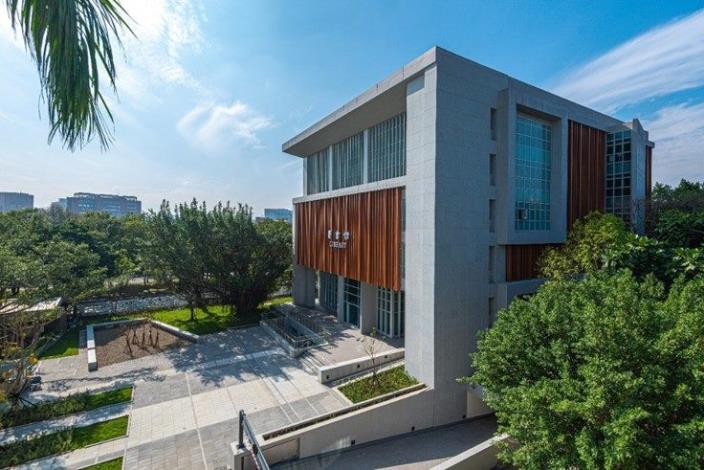
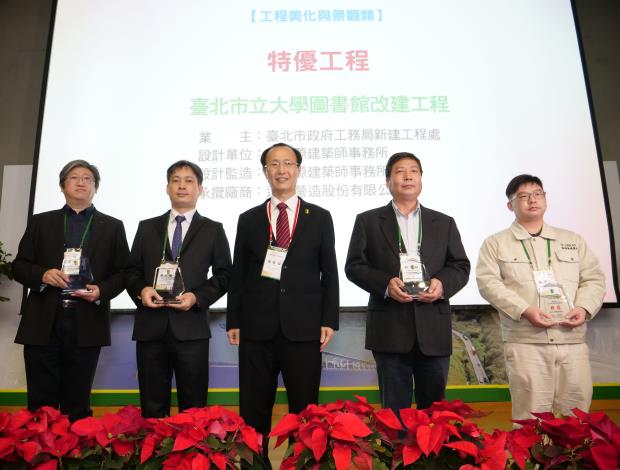
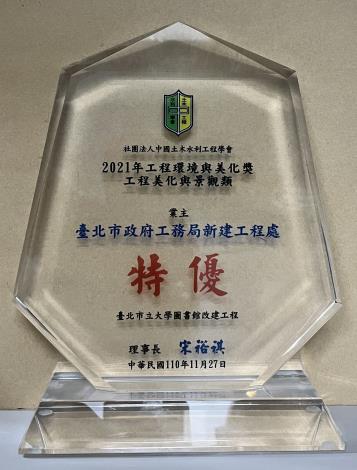
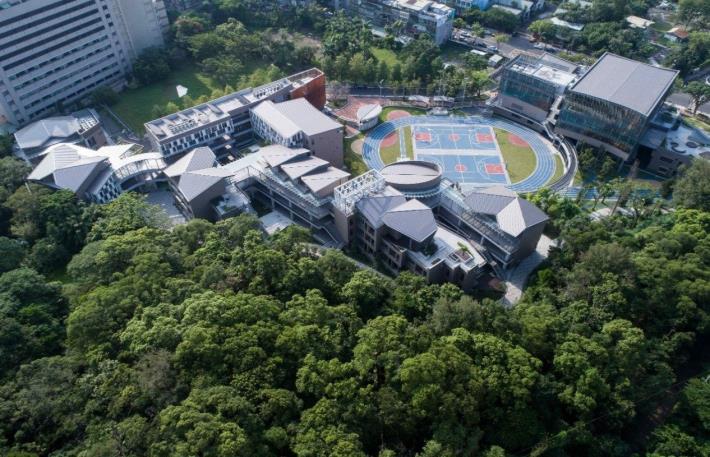
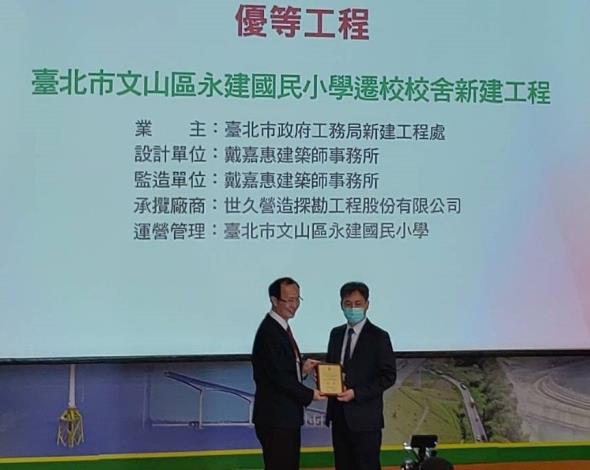
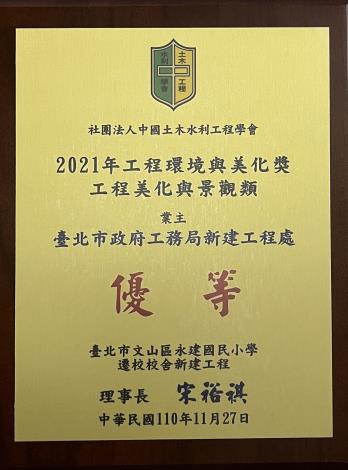

![Taiwan.gov.tw [ open a new window]](/images/egov.png)
